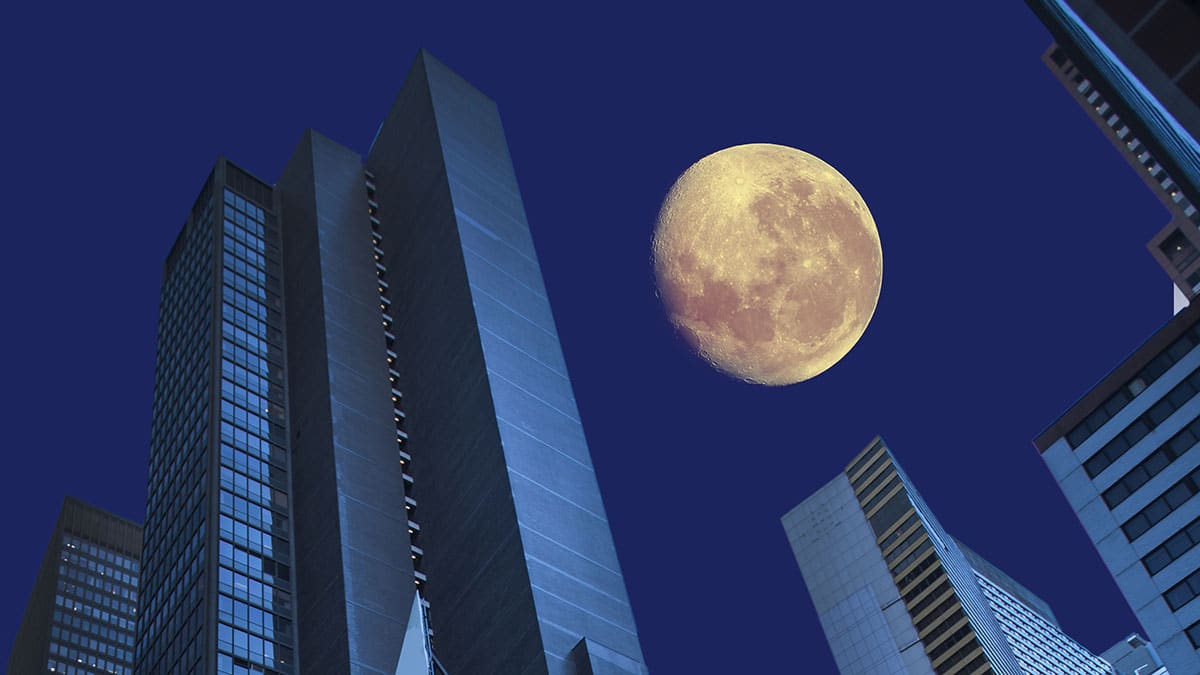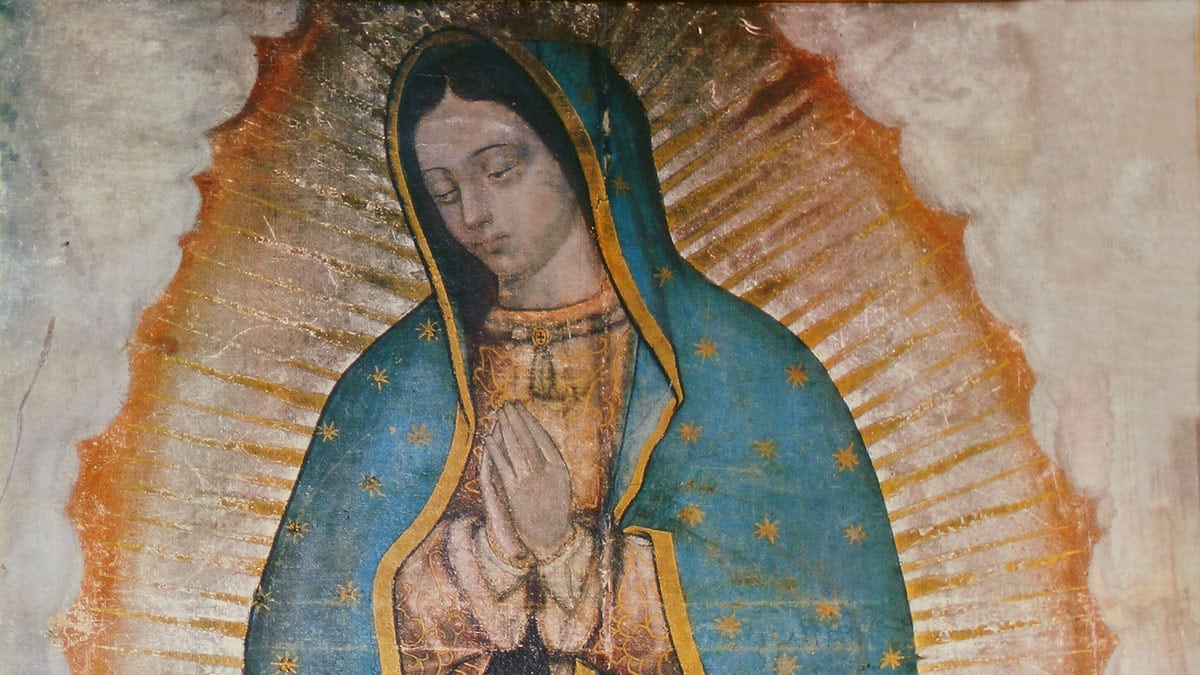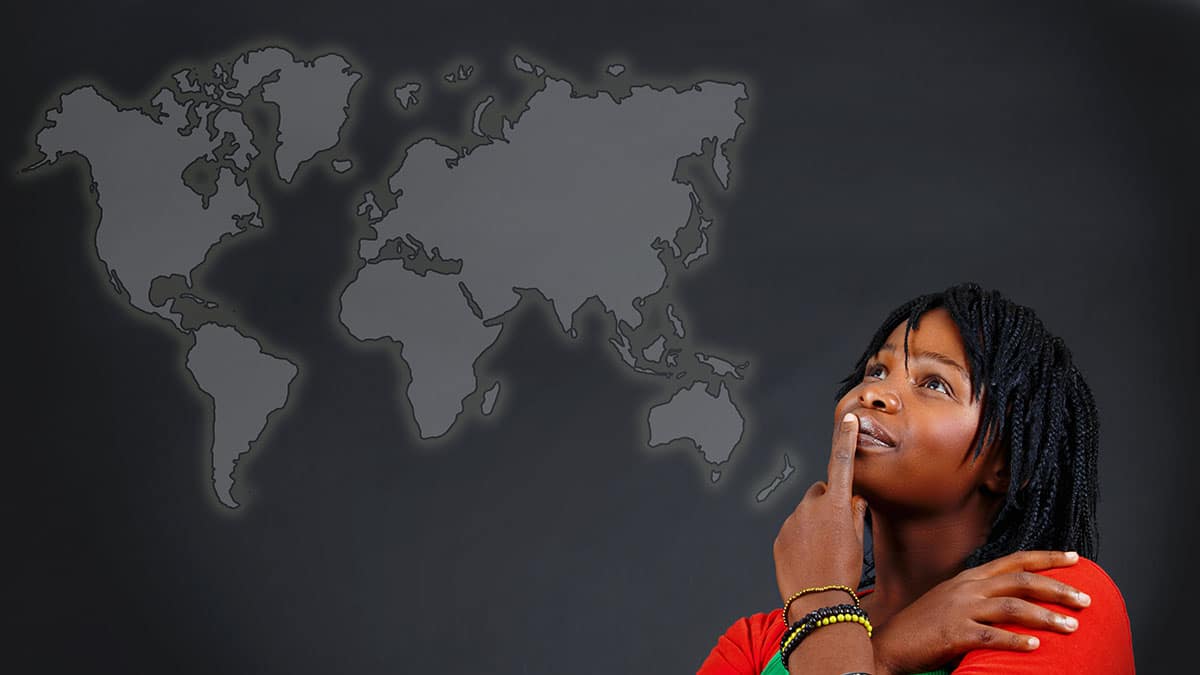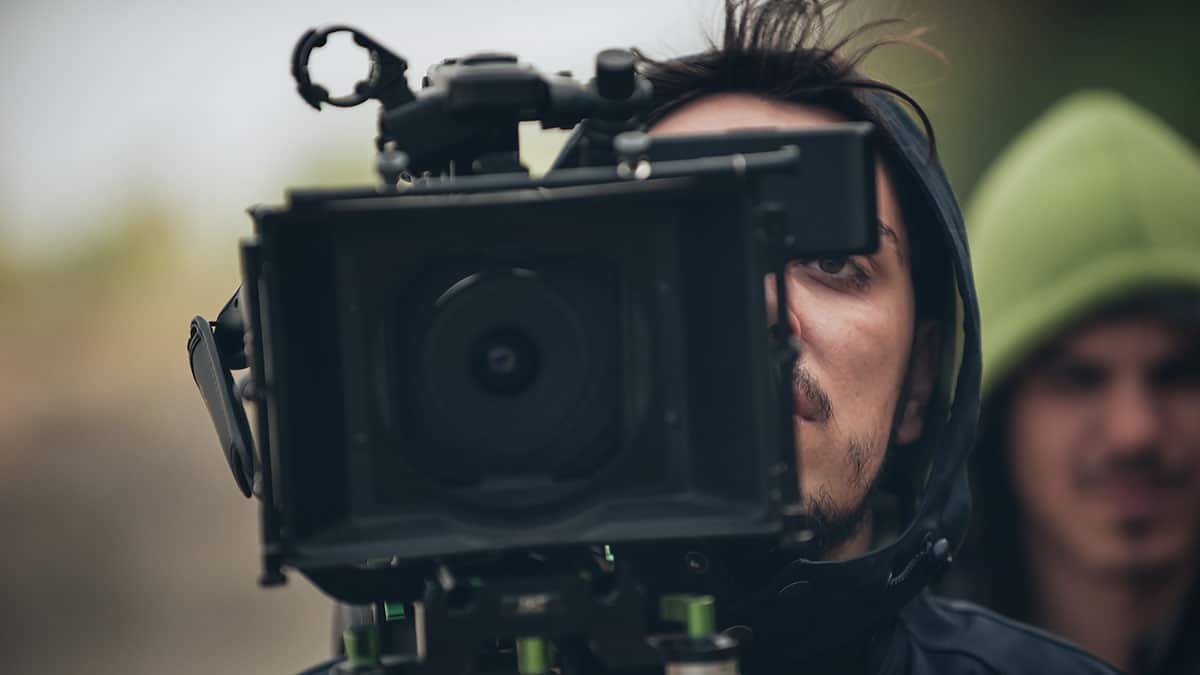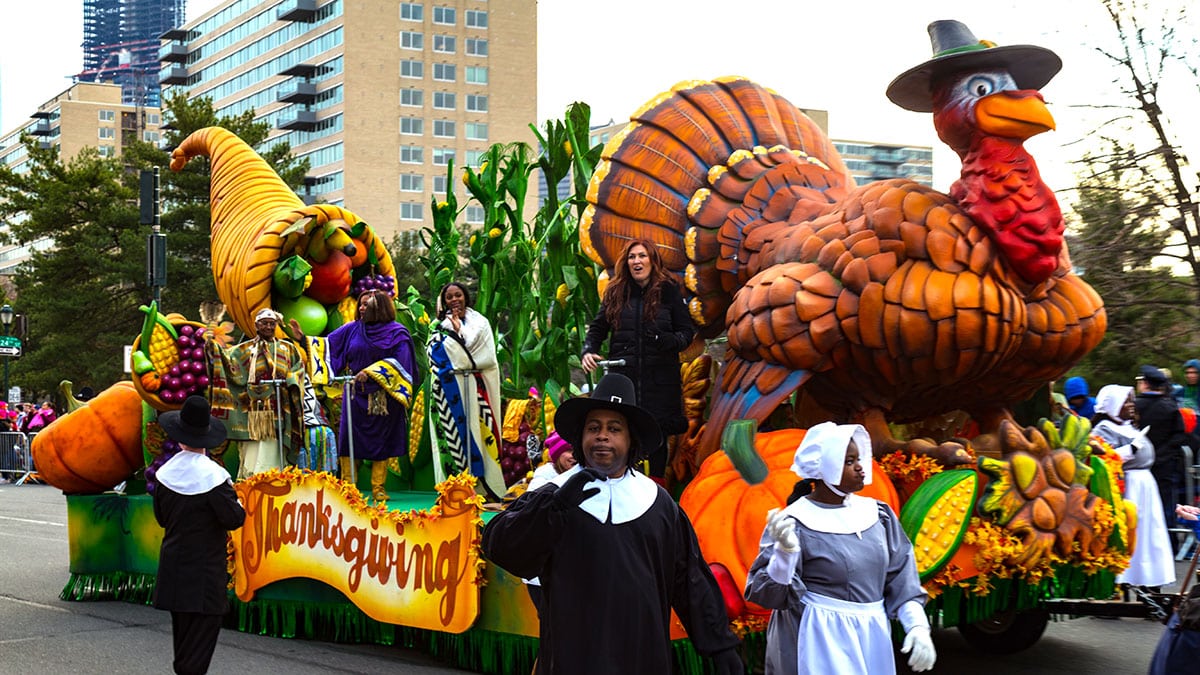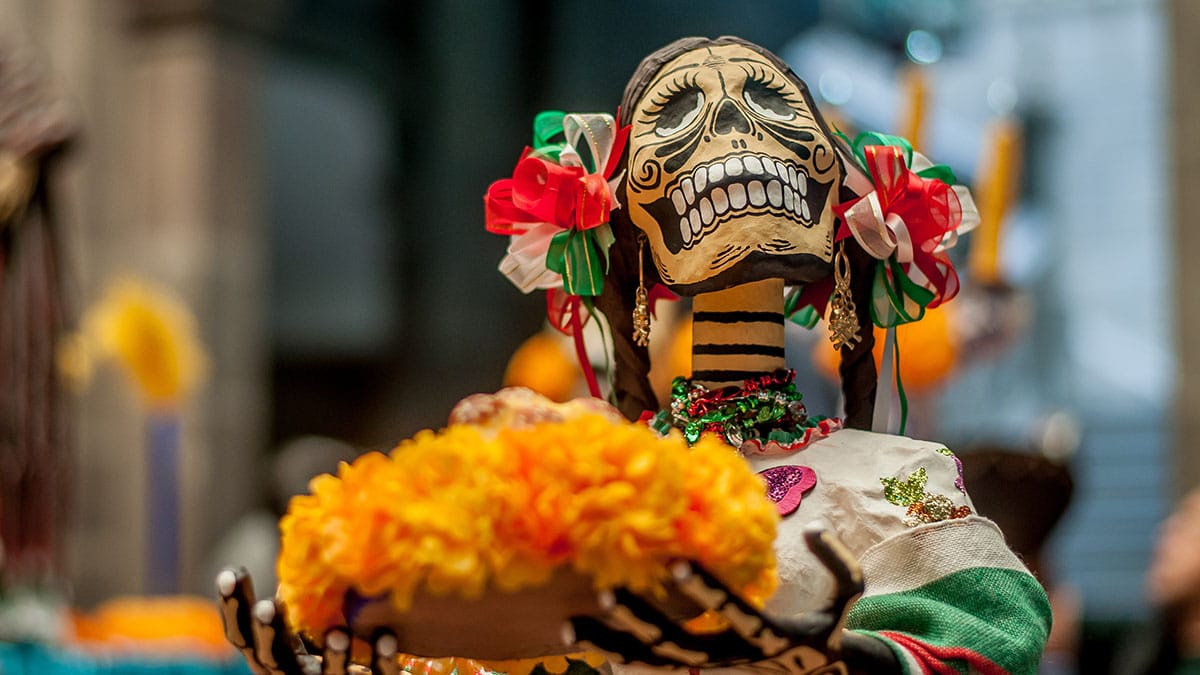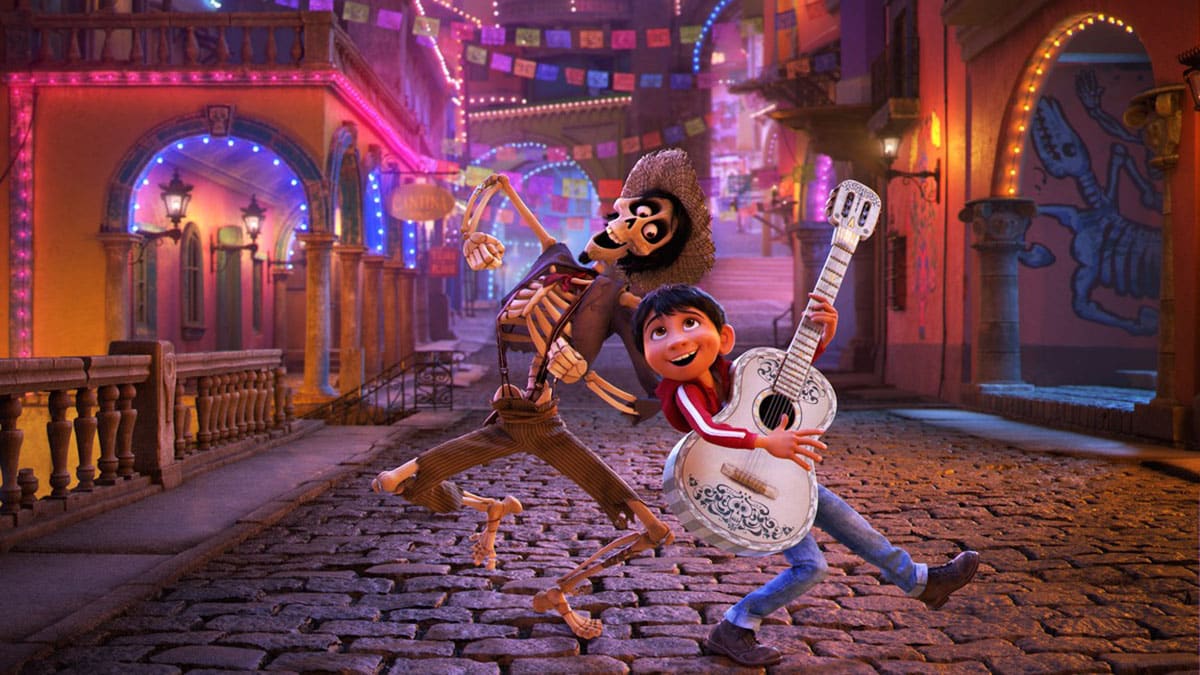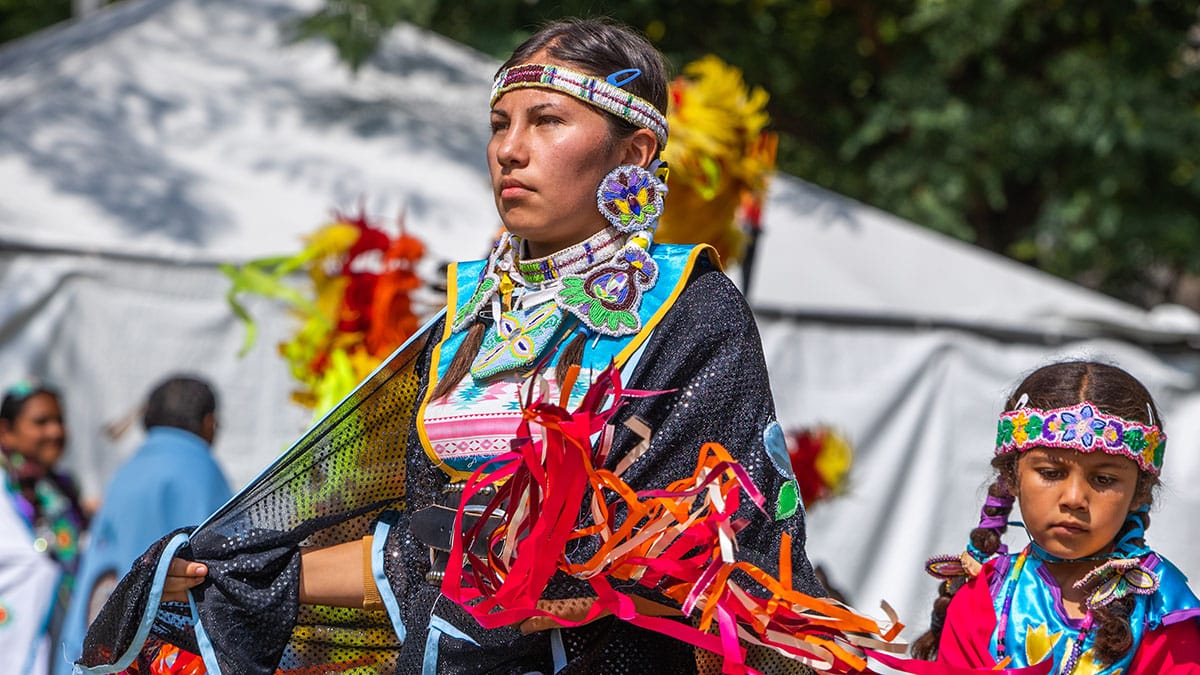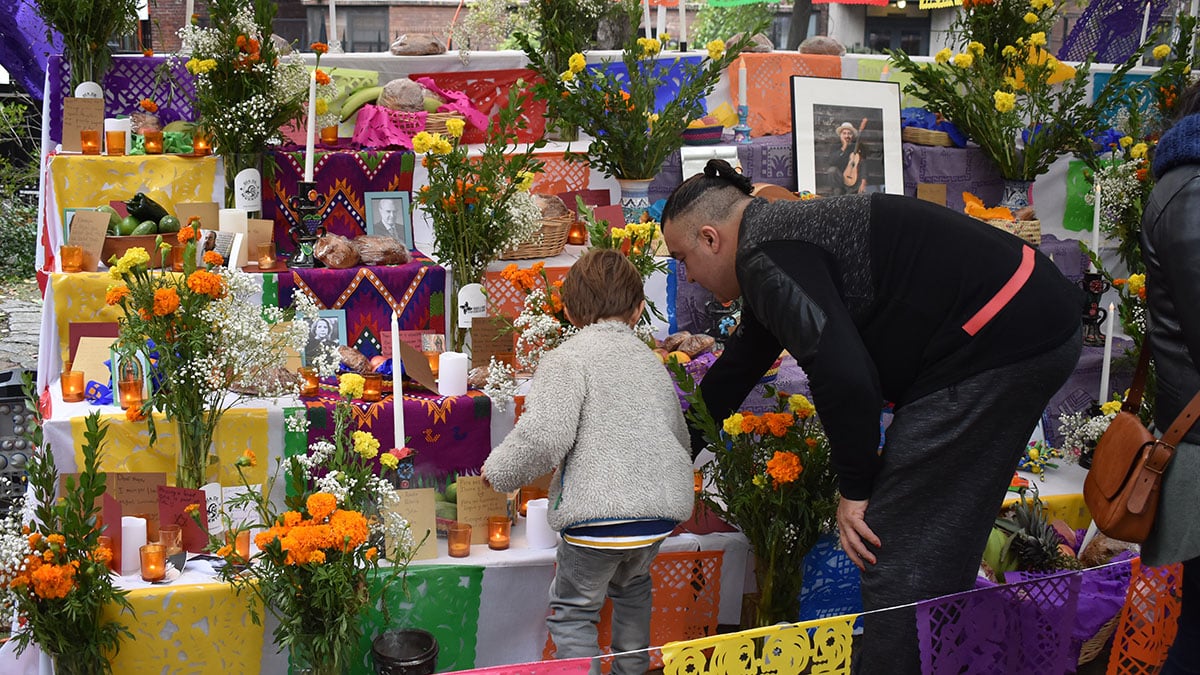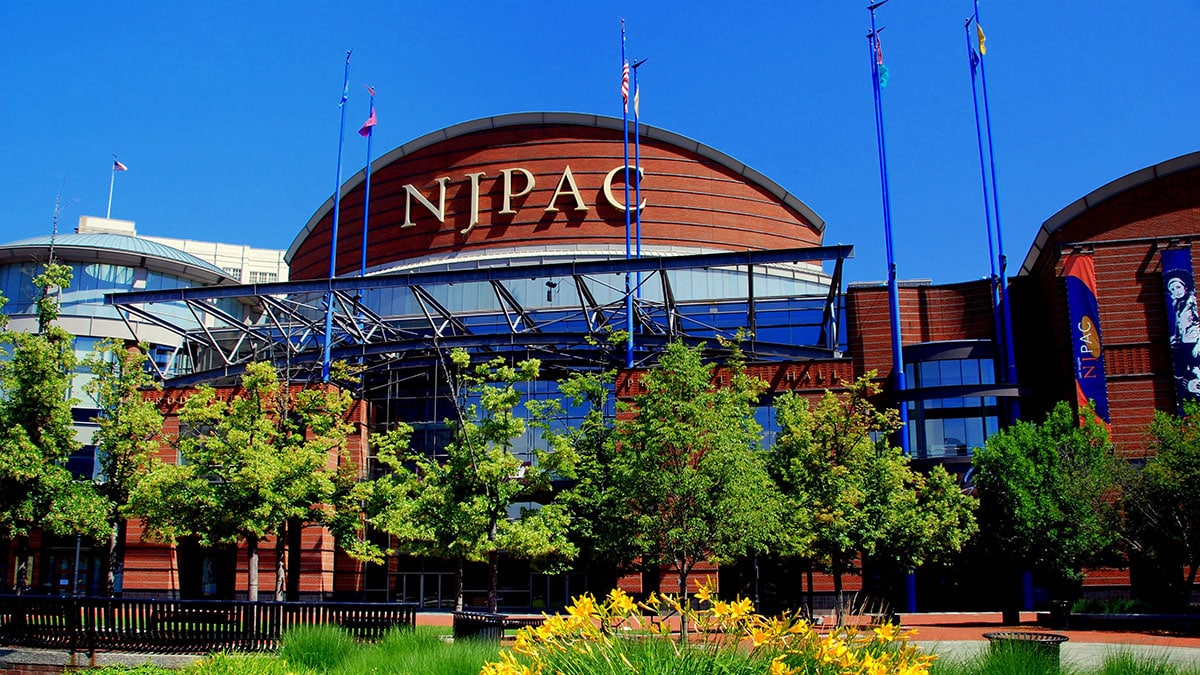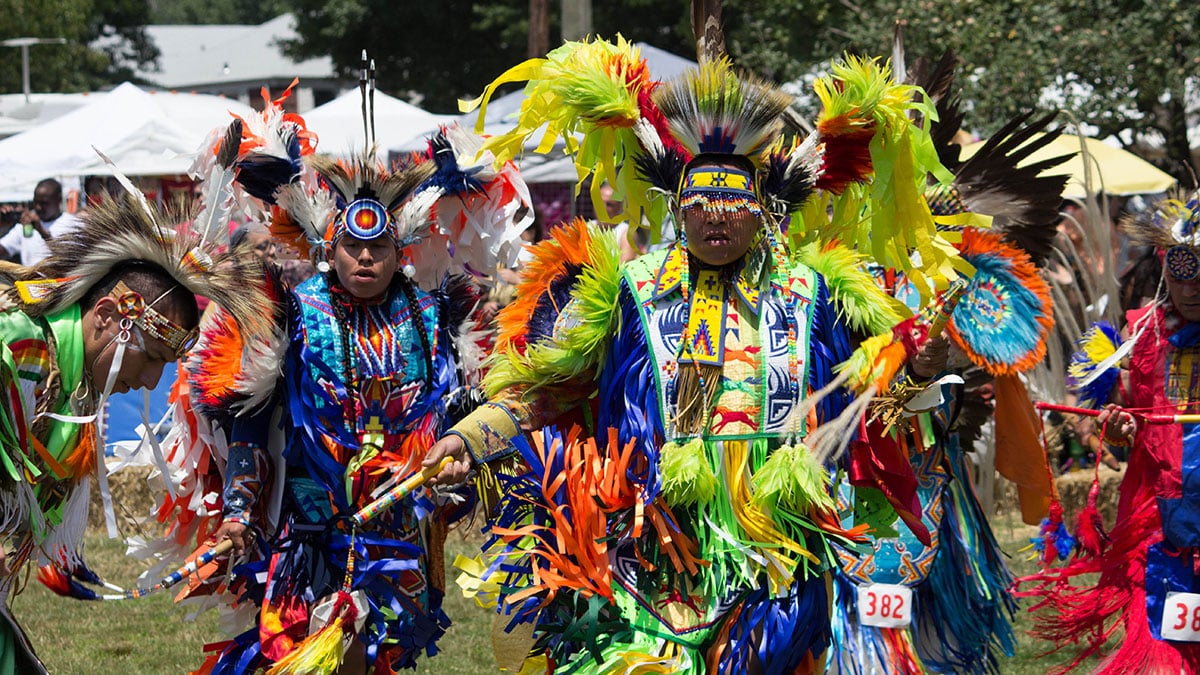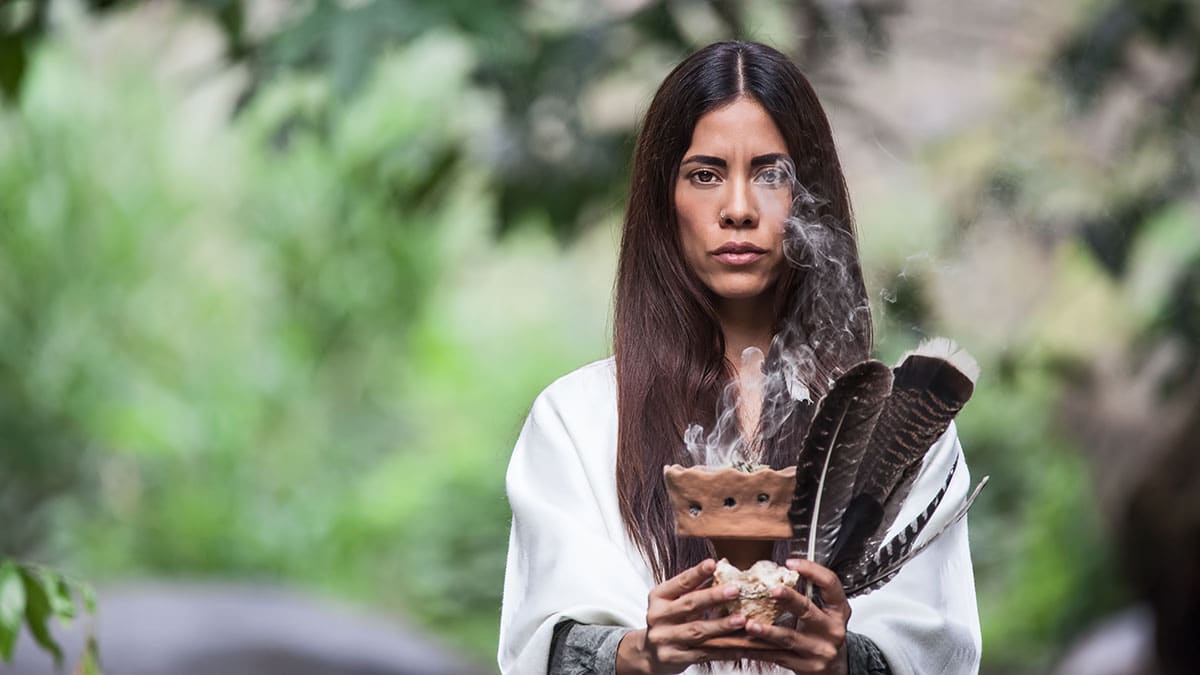Indigenous Culture in New York City was originally Lenape (the true people, but today many Indigenous peoples of the Americas live in New York City.
Indigenous Culture and Artists
Virgin of Guadalupe is the Patron Saint of Mexico and Multiracial People
BASILICA OF OUR LADY OF GUADALUPE, Cerro del Tepeyac, México City, México 🇲🇽
African Diaspora International Film Festival NYC Brings the Many Faces of Mother Afrika To New York City
COLUMBIA UNIVERSITY, Morningside Heights, Manhattan
CINEMA VILLAGE, Greenwich Village
LEONARD NIMOY THALIA, Upper West Side
🇺🇸 🇧🇧 🇧🇪 🇧🇷 🇨🇲 🇨🇦 🇪🇨 🇪🇬 🇫🇷 🇩🇪 🇬🇭 🇬🇼 🇭🇹 🇰🇪 🇲🇬 🇲🇦 🇲🇿 🇳🇱 🇳🇬 🇵🇹 🇿🇦 🇸🇷 🇺🇾 🇿🇼
DOC NYC Documentary Film Festival Screens Films That Make You Think About What’s Going On All Around Us Right Now
IFC CENTER, SVA THEATRE, VILLAGE EAST BY ANGELIKA, West Village, Chelsea, East Village, Manhattan 🇺🇸 🇦🇷 🇧🇷 🇨🇴 🇨🇺 🇩🇴 🇭🇹 🇮🇳 🇮🇱 🇳🇬 🇵🇸 🇸🇩
Thanksgiving in New York City is Family Time
4th November Thursday through the weekend 🇺🇸
Coco, Disney’s Mexican Day of the Dead Movie, is All About Family, the True Meaning of Día de Muertos
THE TOWN HALL, Midtown, Manhattan 🇲🇽
Day of the Dead, Día de Muertos, Comes to Life at Mano y Mano’s Community Altars
HISPANIC SOCIETY, Washington Heights, Manhattan 🇲🇽
ST. MARK’S CHURCH IN-THE-BOWERY, East Village, Manhattan 🇲🇽
DAVID RUBENSTEIN ATRIUM, Lincoln Center, Manhattan 🇲🇽
FLATIRON NORTH PLAZA, Flatiron District, Manhattan 🇲🇽
New Jersey Performing Arts Center (NJPAC) Presents Latin Culture in Newark
Malevo, malambo gaucho dance 🇦🇷
Paquito D’Rivera New Jersey Symphony classical jazz 🇨🇺 ~ 🇦🇷 🇲🇽 🇺🇸
René Vaca comedy 🇲🇽
Franco Escamilla “1995” comedy en Español 🇲🇽
NEWARK, New Jersey
Indigenous Peoples Day NYC Powwow Includes a Sunrise Ceremony
RANDALLS ISLAND, Manhattan 🇺🇸
Indigenous Peoples Day in New York City
Second Monday in October 🇺🇸
Indigenous New York City
Welcome to “Mannahatta” (hilly island), a small part of Turtle Island (the Algonquian and Iroquoian name for the universe).
There are many Indigenous sites in New York City. People forget, but the land remembers. Many place names are based on Indigenous names.
Broadway was the Lenape trail from the market where the Smithsonian Museum of the American Indian is now, past the Sacred Council Elm where Bowling Green Park is now, up to the site of the Lenape village in Inwood and beyond to Albany along what is now Route 9.
Albany was a regional center of Indigenous culture. The Lenape village where Inwood Hill Park is now, is the most peaceful spot in Manhattan.
The Bowery/Third Avenue was a trail that led up the mainland shore of Long Island Sound. It is now Route 1 Red Hook Lane in Downtown Brooklyn was a Canarsie trail.
One of New York’s interesting Indigenous communities is the Garifuna community in Crotona, The Bronx. They are one of the last intact Island Carib communities. Originally from St. Vincent (Yurumein), the British couldn’t defeat them. In 1797, many were exiled to Honduras where they expanded into coastal Belize, Guatemala, and Nicaragua. The Bronx has one of the world’s largest Garifuna communities.
The spirit of the First Nations has always been here, and the Great Spirit of the land, the land of many hills, Mannahatta, will always be here.
Indigenous Community Centers
New York’s Indigenous cultural centers include The Lenape Center, The North American Indigenous Center of New York, and the Caribbean Cultural Center African Diaspora Institute.
La Casa de los Pueblos in Mott Haven, The Bronx. molinoinformativo.com
[Thanks to CUNY journalist Ana Valdez Saravia for los Pueblos.]
Red de Pueblos Trasnacionales is a network of Indigenous community organizations led by New York Mexicans. pueblotransnacionales.org
Urban Indigenous Collective has built an Indigenous community center in Manhattan’s Garment District. urbanindigenouscollective.org
Indigenous Festivals
Indigenous Peoples Day on the second Monday in October, celebrates the real discoverers of the Americas between 12,000 and 25,000 years ago.
Indigenous Peoples Day NYC Pow Wow is a two-day outdoor festival of Indigenous storytelling, drumming, singing, dancing, artisanal crafts, and food with an overnight and a sunrise ceremony on Randall’s Island. 🇺🇸
Indigenous Peoples of the Americas Parade
Drums Along the Hudson multicultural pow wow
Indigenous Museums
American Museum of Natural History has a “Northwest Coast Hall” of Native American culture.
Brooklyn Museum has an “Arts of the Americas” collection.
El Museo del Barrio has an excellent collection of Taíno art. 🇵🇷
Metropolitan Museum of Art has a long-term exhibition of “Art of Native America.”
Museum of the City of New York is engaged with Native American community celebrations.
National Museum of the American Indian New York (Smithsonian) exhibits historic and contemporary Indigenous culture of the Americas. 🇺🇸 🇦🇷 🇧🇸 🇧🇴 🇧🇿 🇧🇷 🇨🇦 🇨🇱 🇨🇴 🇨🇷 🇨🇺 🇩🇴 🇪🇨 🇸🇻 🇬🇹 🇬🇾 🇭🇹 🇭🇳 🇲🇽 🇵🇦 🇵🇾 🇵🇪 🇵🇷 🇻🇪
Indigenous Peoples of the Americas
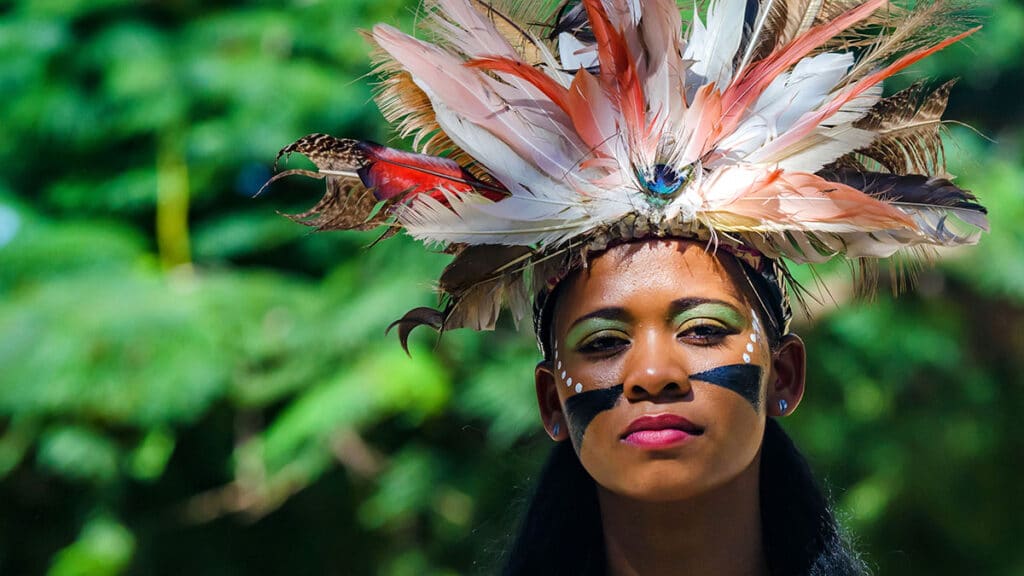
Being Latin generally means being at least part Indigenous, and south of the U.S. border, we are mostly Indigenous or mixed.
Native Americans live in the United States and Canada, but we are a continuum of Indigenous peoples throughout the Americas, from the Arctic to Tierra del Fuego.
We didn’t die out in the Colonial Era. Many of us married in and the census just stopped counting us. We are still here.
Indigenous culture survived better outside the United States. It’s often mixed with African Diaspora culture because we escaped the colonizers together. In some regions, the African Diaspora culture is more present. In others, the Indigenous culture is more present, but a surprising amount of African Diaspora culture is mixed in.
Maracas and the güiro are Indigenous Caribbean instruments used in Latin music.
The Colonial Era
It’s hard to grasp how hard the Colonial Period was on the Indigenous peoples of the Americas. What started with a devastating pandemic, ended with a literal and then cultural genocide. But we are still here.
At the time of European contact, the Americas were full of people who were cultivating and managing the land. The great civilizations of the Olmec, Maya, Aztec and Inca are well known. But there were great civilizations in North America too, including the Mississippi Mound Builders and the Southwest Pueblos. These were large, highly-developed societies that traded throughout the Americas. There were people everywhere. Most were farmers. Some were hunter gatherers. There was nothing primitive about the First Nations. They just weren’t European.
The pre-contact population of the Americas is debated, but most estimates range from 50 to 100 million people. Pandemics of European diseases, genocidal practices, and livestock that destroyed Indigenous farming caused a rapid 90-95% depopulation. The death rate from Covid-19 is less than 2%. Imagine the shock of a 90-95% death rate. Those who survived then had to fight the colonizers.
One of the big lies is that we were wiped out. If there are no people, you can take the land. The truth is that we intermarried or escaped into the mountains and forests. We are still here. We’ve always been here.
Then colonizers forced Indigenous peoples to try to be culturally European. That’s another mess. But you can still see our Indigenous heritage in Latin music and dance, art, beauty queens, people’s names, place names, moon names, matriarchal family and leadership structures, and even in the ways that Latins socialize. Part of the structure of the U.S. Congress was based on the experience of the Indigenous First Nations.
For example, in Puerto Rico, a bohio (Taíno thatch building) becomes a chinchorro (roadside restaurant bar) which in New York City becomes a street fair kiosk or bodega corner store. We still gather to buy and sell, tell stories, sing and dance. Just now we dance salsa or merengue. The Taíno tribe didn’t survive, but carries on in the way people live their lives.
In the beginning, we are all Indigenous somewhere, the sons and daughters of Turtle Island.

